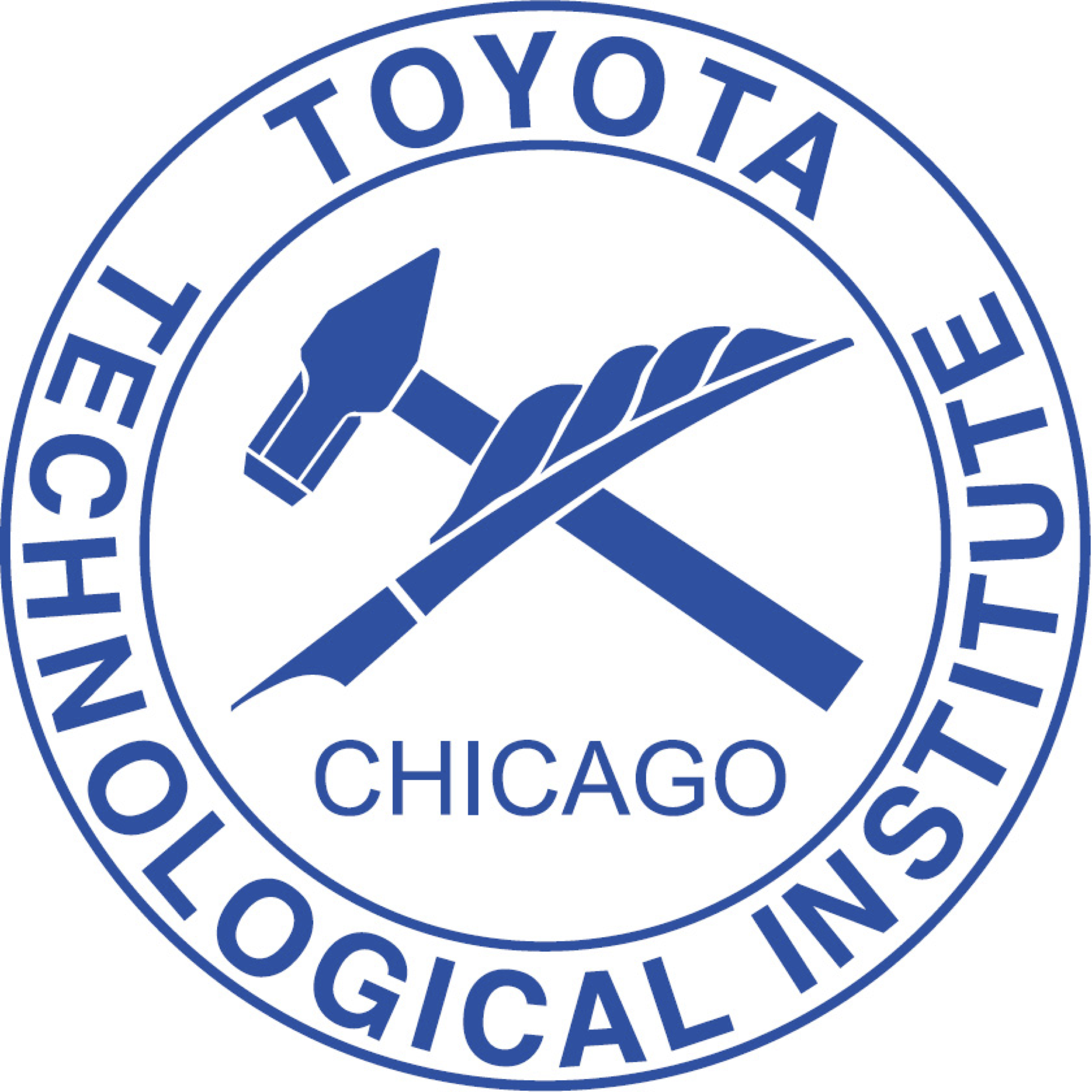Computational Control Engines For Robotic Systems
Todd Murphey, Northwestern
Robotic applications require real-time control for high-dimensional, nonlinear/nonsmooth systems operating in an uncertain environment, often with limited actuation, poor quality sensors, and low bandwidth. Computational simulation tools have evolved in the last two decades to efficiently meet robotics needs, whereas computational control and estimation tools largely have not. This talk will focus on substantial progress towards bringing fully automated nonlinear control synthesis in software to robotics applications. The first part of this talk will focus on the use of role of integration schemes in real-time, low-bandwidth systems. The second part of the talk will focus on sequential action control (SAC), a control formulation with an analytic feedback solution for general affine nonlinear systems. SAC provides continuous-time control that is globally well-posed, inherits stability properties from classical linear and model-predictive techniques, and admits both control saturation and unilateral state constraints. SAC scales to systems with many degrees of freedom and for some examples can be executed on a mobile phone, indicating that real-time nonlinear control is feasible for many more systems than previously believed. Lastly, SAC can be algorithmically automated, potentially enabling a computational control engine for any robotic system.
